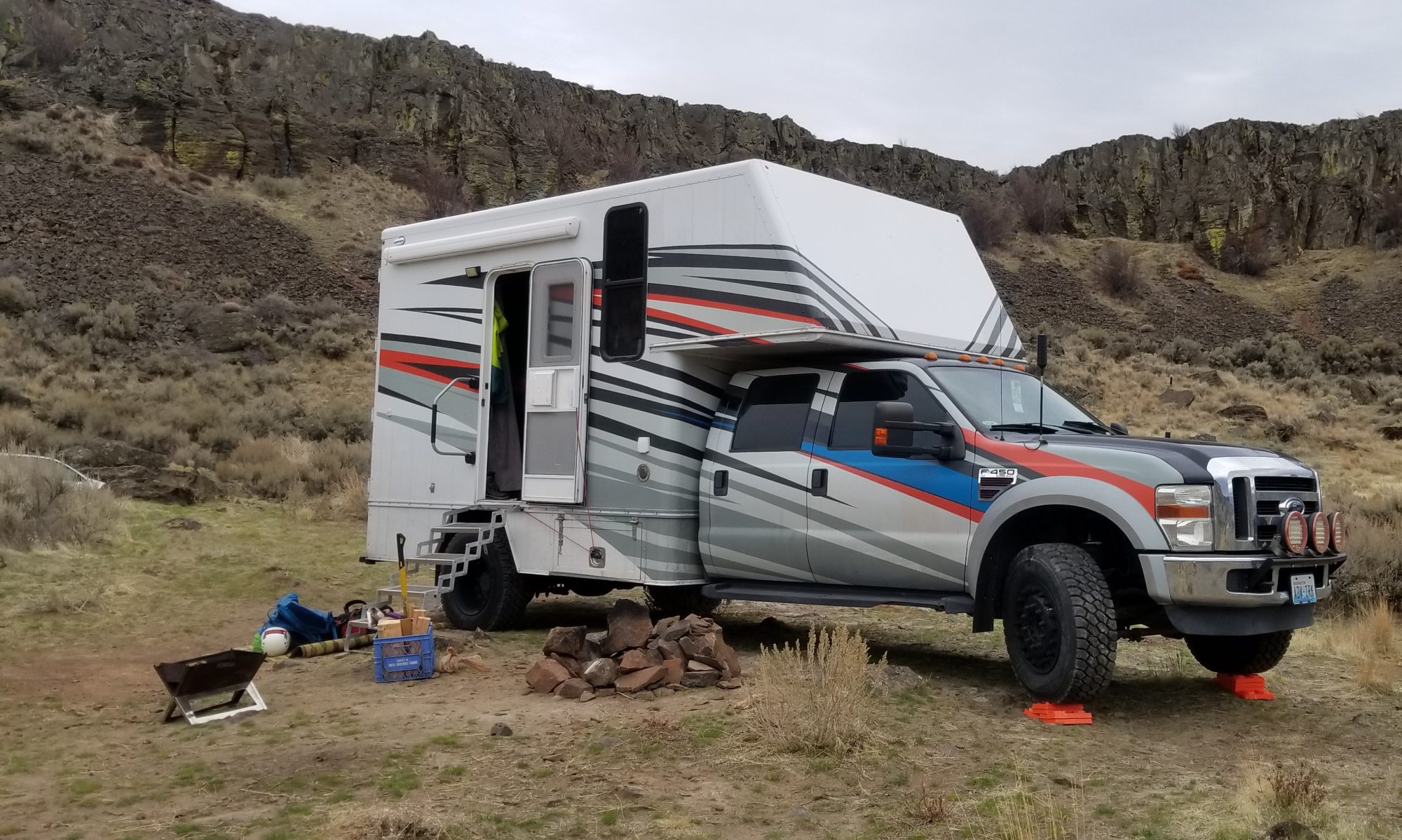My wife thought using the birch ply on the ceiling would make for far too much of the same material, I was skeptical, but she was absolutely right. I love how the ceiling turned out.
We used tongue and groove cedar boards, it’s about 1/4″ thick and very light weight. It smells AMAZING. Just like the sides, it gets a dab of constriction adhesive and gets micro pin nailed in place.

It was hard to not get joints staggered, there are only so many options on where to break the boards, ribs are every 24″ in the ceiling.

It was much slower work with each piece going on individually, having to cut each piece to fit, cut out the light holes and all that, but it came out wonderfully.
The lights we are using are 3W warm white LED’s there are 10 of them, I switched them in banks. The ones over the “hall” consist of one above the door, and two in the walkway between the kitchen and dinette, those are on one switch. The “work” bank is two over the kitchen counter, and two over the dinette. The one over each bed, and one in the bathroom. It kinda made for a lot of switches and wires…. I was worried they would not be bright enough, but its plenty of light. These are the lights, I am really happy with them after a couple years now. Great color and plenty of light. Amazon Link
Most of the way done, I added some spray foam around the fan holes, just to keep cold air from moving under the ceiling, there is a little gap between the insulation and the boards. You can see my temporary lighting solution.

And all the ceiling boards on!

I used a clear polyurethane on the ceiling. I had to sand it before application, the cedar had a fair bit of sap droplets to sand off, and it will make the finish much more even. After a quick sand my shoulders were killing me. The ceiling is about 7’6 ish and man that was hard overhead work. But I then broke out a rag and started to get finish on it. Three coats are recommended, I did one, I just couldn’t keep my arms up there any more. It’s not going to be a wear surface.



It came out so much better than I could have expected. Really glad we used this on the ceiling.
With the finish on, I could pop the LED lights in and see if it was enough light! I had only hooked one to a battery to test ( I had to order multiple packs so I ordered one first to try out), luckily they were nice a bright.
I used self adhesive heat shrink crimp connectors for all the connections. They are lovely, waterproof, vibration resistant, and pretty easy to use. A heat gun is definitely a big help, they take a lot more heat than you would think to melt and shrink.

The lights pop in with spring clips and fit the holes nicely. My electrical plan that looked good on paper is a little weird looking…. Oh well.


Tested the light by simply hooking them to my battery charger, they work and light up the space well! They look pretty nice too. The warm white is so much nicer than most “industrial” bright white that LED’s come in.




















































